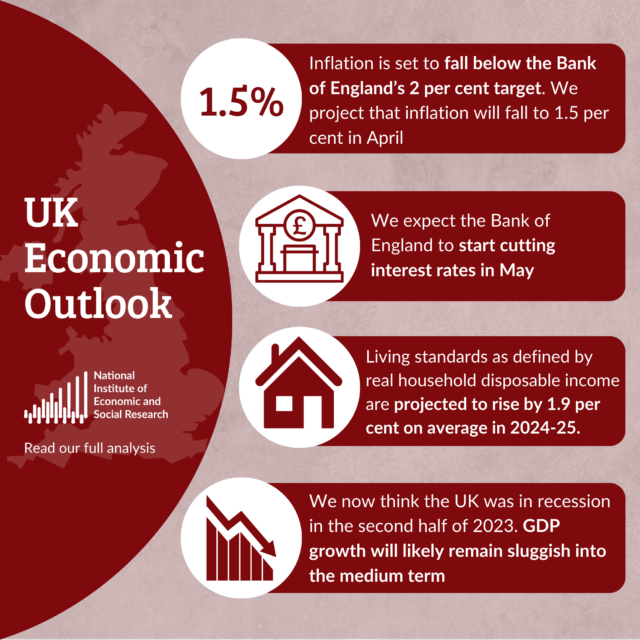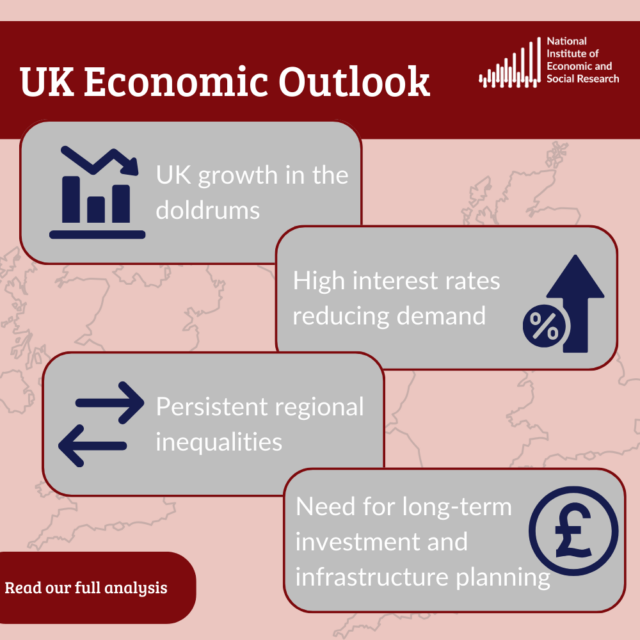Are You Happy While You Work?
Are You Happy While You Work?
Alex Bryson (NIESR and CEP) and George MacKerron (University of Sussex)
Are You Happy While You Work?
Alex Bryson (NIESR and CEP) and George MacKerron (University of Sussex)
Paid work is a central part of most people’s lives, so it is not surprising to find that it is critical to the way we feel about ourselves and our sense of wellbeing. Study after study finds paid work contributes quite substantially to overall life satisfaction and general happiness (Blanchflower and Oswald, 2011). Its loss through unemployment results in a precipitous decline in wellbeing which – unlike most other changes in personal circumstances – individuals do not recover from until they leave that state (Clark et al., 2008).
Most happiness studies ask individuals to reflect back on and evaluate their experiences “these days” or “nowadays”. In doing so respondents usually attach weight to episodes and events which have a eudemonic dimension. Paid work is strongly positively correlated with wellbeing in these studies, perhaps because it generates a feeling of being worthwhile, leading to a sense of meaning or purpose in life. But how does this square with the utility that individuals derive from the activities they perform day-to-day? After all, it is standard in economics to assume that there is a disutility attached to work which is why labour supply is responsive to wages. To examine this issue one needs measures of momentary wellbeing that capture the feelings an individual expresses at the time that she or he is undertaking an activity. We are able to do so with a new data source, Mappiness devised at LSE by George MacKerron, which permits individuals to record their wellbeing via a smartphone.
The data contain more than a million observations on tens of thousands of individuals in the UK, collected since August 2010. Individuals who have downloaded the app receive randomly timed “dings” on their phone to request that they complete a very short survey in which they are asked to rate how happy they feel and how relaxed they are, whether they are alone and, if not, whom they are with; whether they are indoors, outdoors, or in a vehicle, and whether they are at home, at work, or elsewhere. Finally, they are asked what they were doing “just now”. The respondent chooses all that apply out of 40 response options, including working. Together with the responses to the survey, the app transmits the satellite positioning (GPS) location of the individual and the precise time at which the survey was completed. It also records the time elapsed between the random “ding” and response, thus allowing us to distinguish between immediate, “random” responses and delayed responses. We use these data, together with information about their personal, work and household characteristics which individuals provide when registering for Mappiness. Although there are drawbacks to this method of data collection such as non-random sampling (which are discussed in the Discussion Paper) it has considerable advantages over the more traditional Day Reconstruction Method (DRM) in which individuals are asked to reconstruct their activities and experiences of the preceding day. DRM responses may be subject to recall bias and retrospective distortion. In contrast we obtain instantaneous responses so that individuals report their feelings at the time they are undertaking the activity.
We use these unique data to run some descriptive and multivariate analyses which isolate the independent association between episodes of paid work and momentary happiness and anxiety. On average individuals respond 60 times, so we focus primarily on variance within individuals over time, thus avoiding comparisons across individuals which might be confounded by fixed differences across individuals in their propensity for work and happiness.
So what do we find? First, and perhaps most strikingly of all, we find paid work is ranked lower than any of the other 39 activities individuals engage in, with the exception of being sick in bed. A similar result was obtained in a small DRM study in the United States (Kahneman et al., 2004) but this is the first time the association has been uncovered in a large scale study. The association is apparent controlling for other factors, including person fixed effects. The effect is equivalent to a 7-8% reduction in happiness relative to circumstances in which one is not working. Paid work has a similar though slightly larger negative impact on being relaxed.
Second, precisely how unhappy or anxious one is while working depends on the circumstances. Wellbeing at work varies significantly with where you work (at home, at work, elsewhere); whether you are combining work with other activities; whether you are alone or with others; and the time of day or night you are working. Many of these circumstances can be influenced by public policy which may facilitate working conditions conducive to “happier” working, something which economists have recently noted can also improve labour productivity (Oswald et al., 2009).
We are left with the question as to why work appears to have such an adverse effect on individuals’ momentary wellbeing. We know that part of the answer is related to anxiety at work. Even though people are positive about paid work when reflecting on the meaning and value of their lives, actually engaging in paid work comes at some personal cost to them in terms of the pressures and stress they face while working. But this is not the whole story. Working continues to be negatively correlated with happiness, even when it is combined with other activities which are pleasurable. Furthermore, even when we condition on feelings of relaxation, working continues to be negatively associated with momentary wellbeing. Instead, it appears that work per se is negatively associated with hedonic wellbeing, such that we would rather be doing other things. That is to say, it really is a disutility as economists traditionally conceive of it, one which requires some form of monetary reward to induce work effort.
The full findings of the research are presented in NIESR Discussion Paper No. 403
References
Blanchflower D. and Oswald A. (2011) “International happiness: a new view on the measure of performance”, Academy of Management Perspectives, 25, 1: 6-22
Clark, A.E., Diener, E., Georgellis, Y. and Lucas, R.E. (2008) “Lags and Leads in Life Satisfaction: A Test of the Baseline Hypothesis”, The Economic Journal, 118, F222-243
Kahneman, D., Krueger, A.B., Schkade, D.A., Schwarz, N. and Stone, A.A. (2004) “A Survey Method for Characterizing Daily Life Experience: The Day Reconstruction Method”, Science, Vol. 306, 1776-1780
Oswald A, Proto E and Sgroi D (2009) “Happiness and productivity”, IZA Discussion Paper No.4645.























